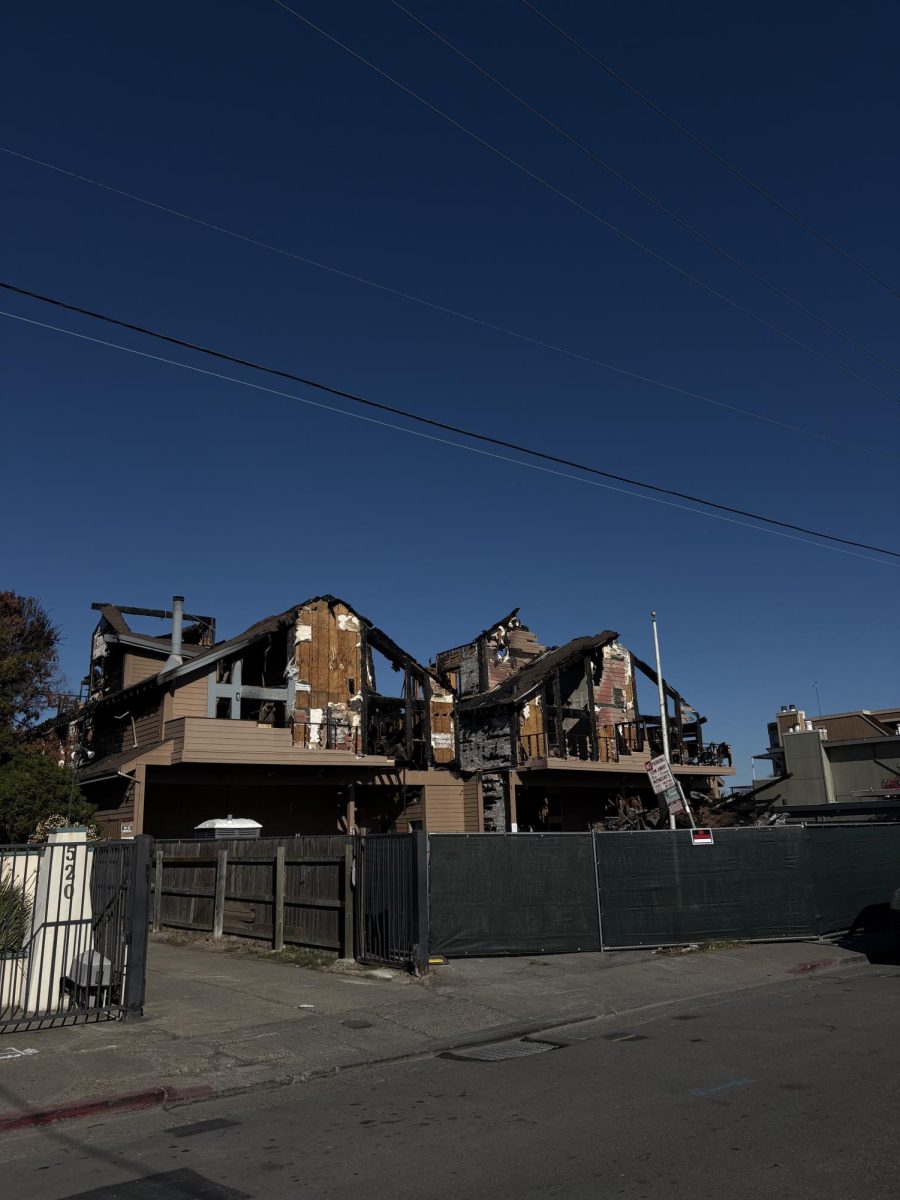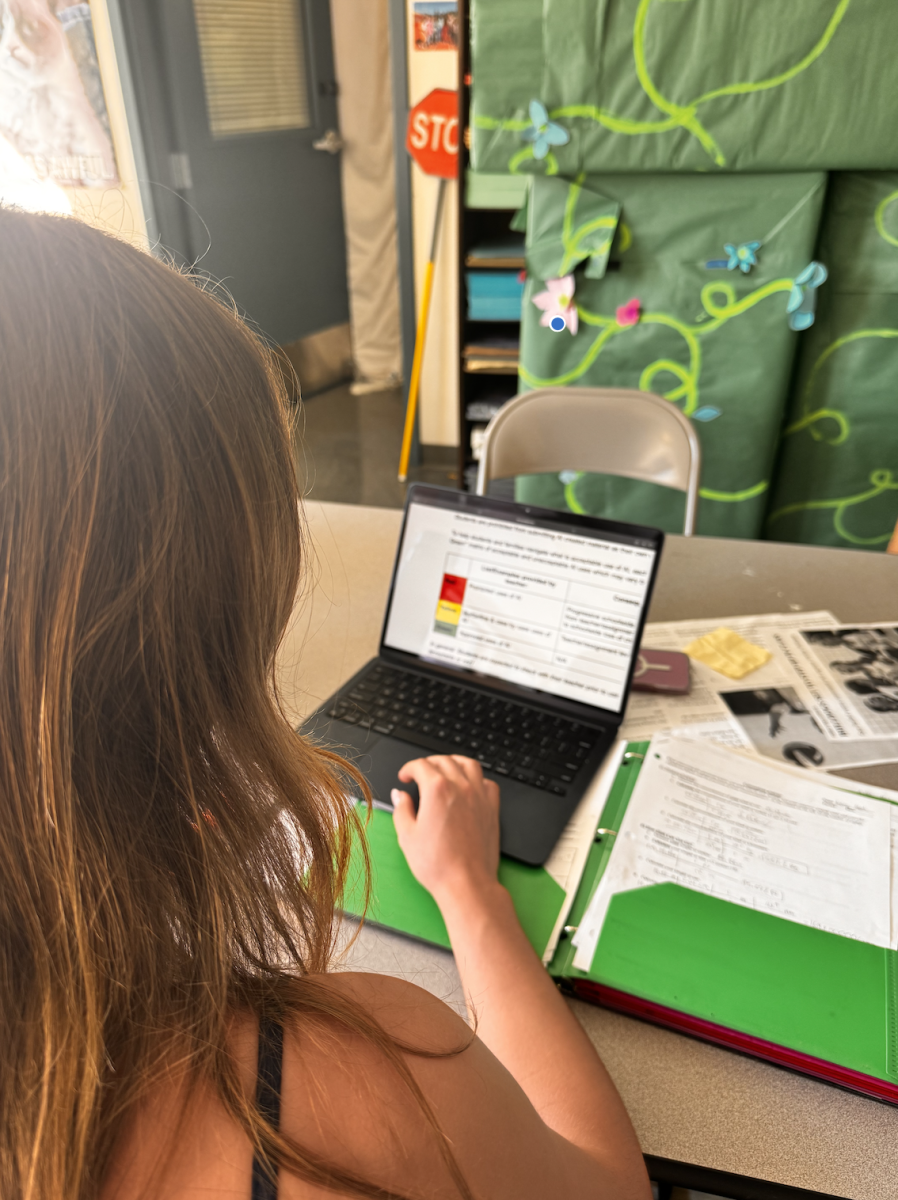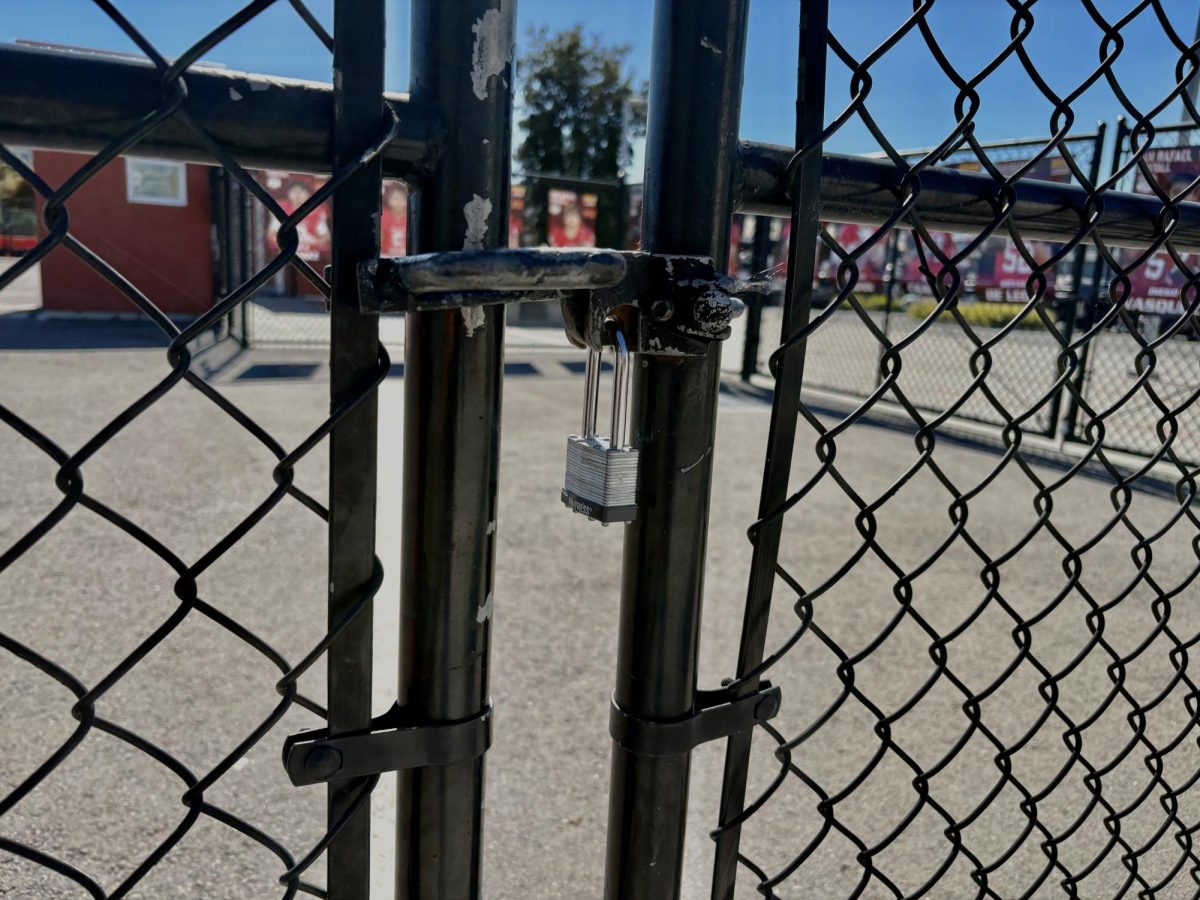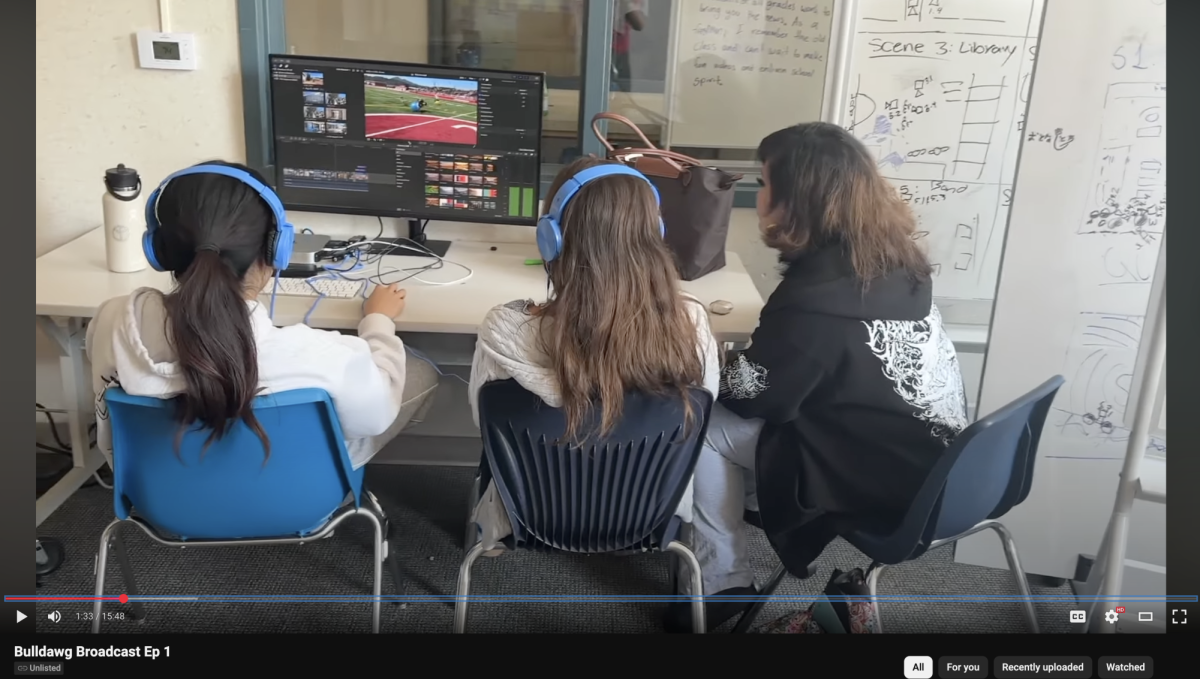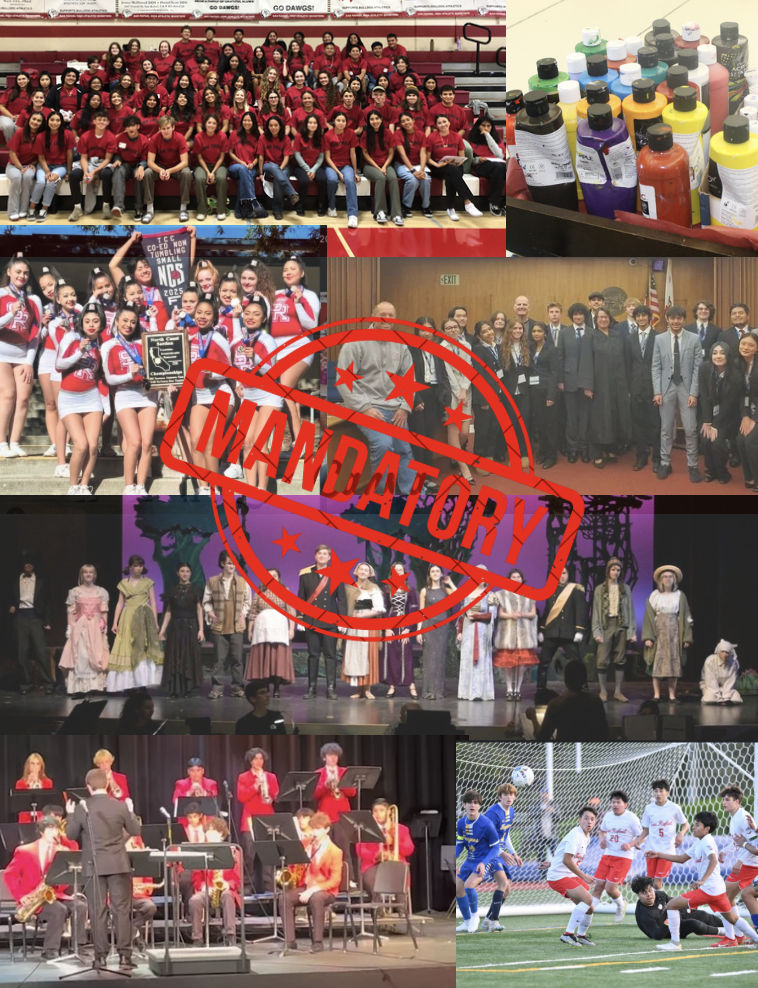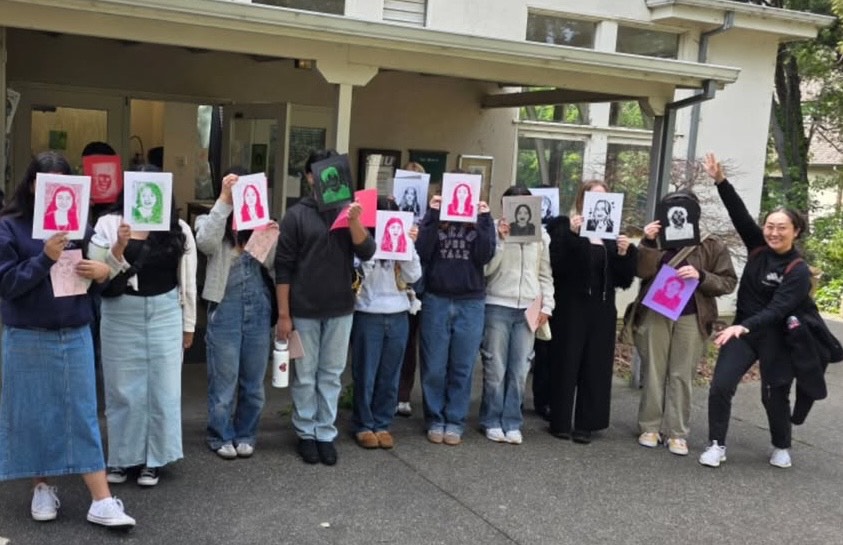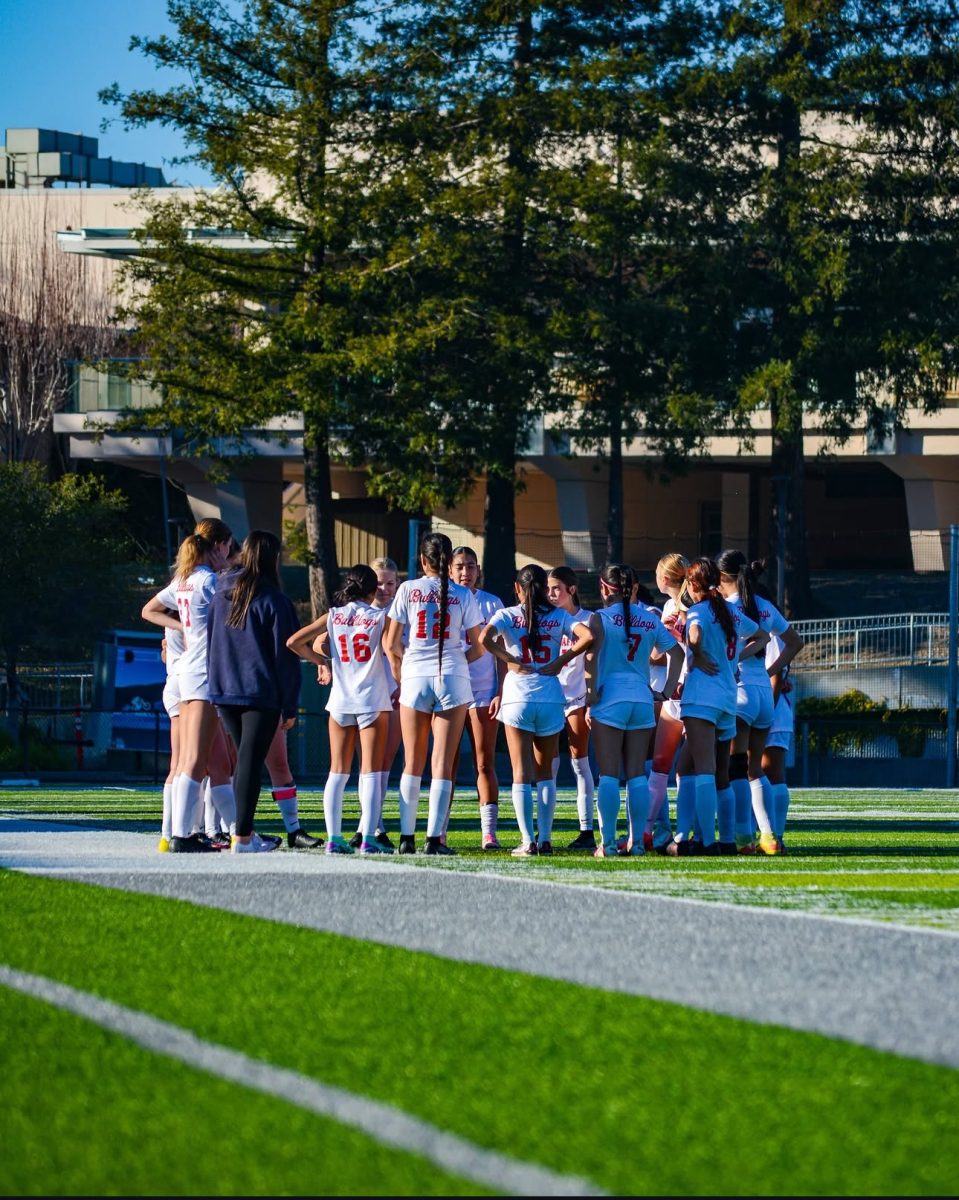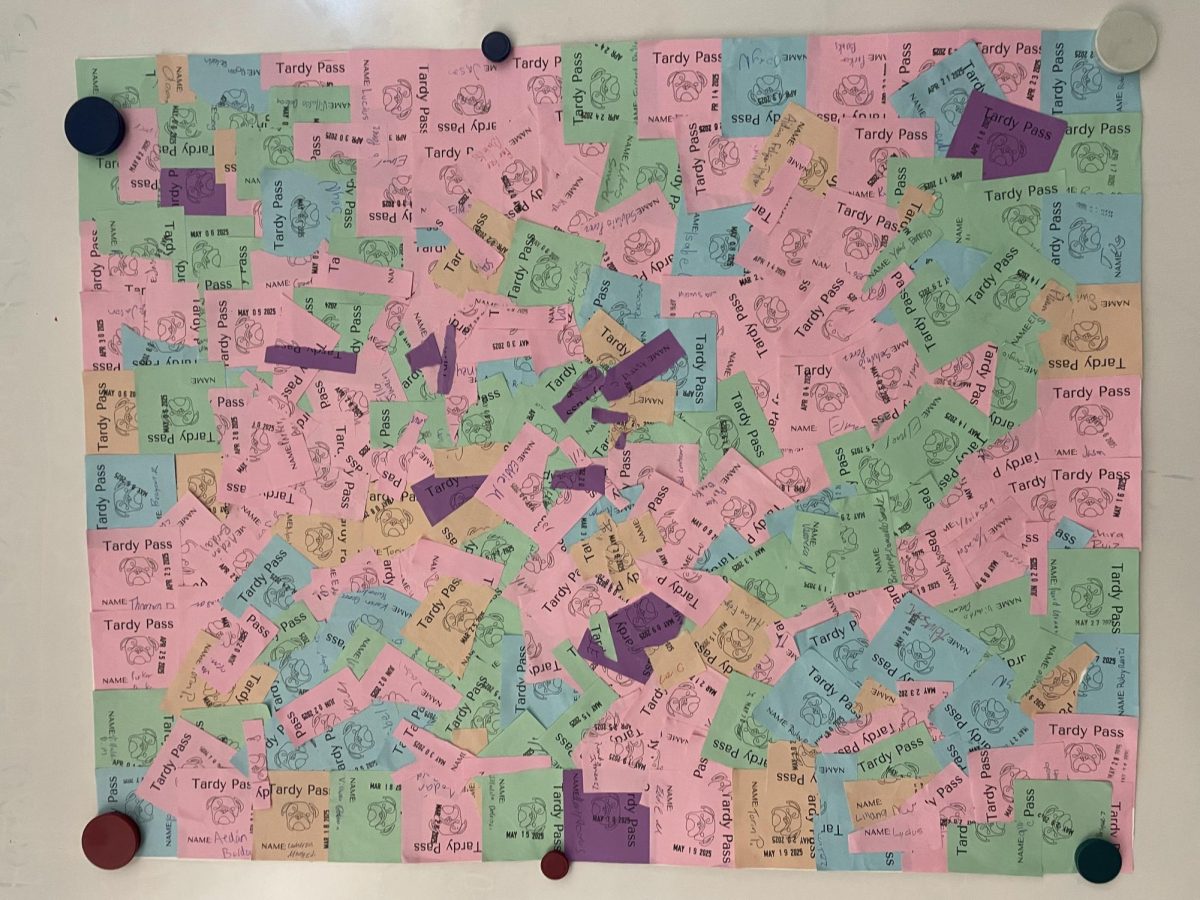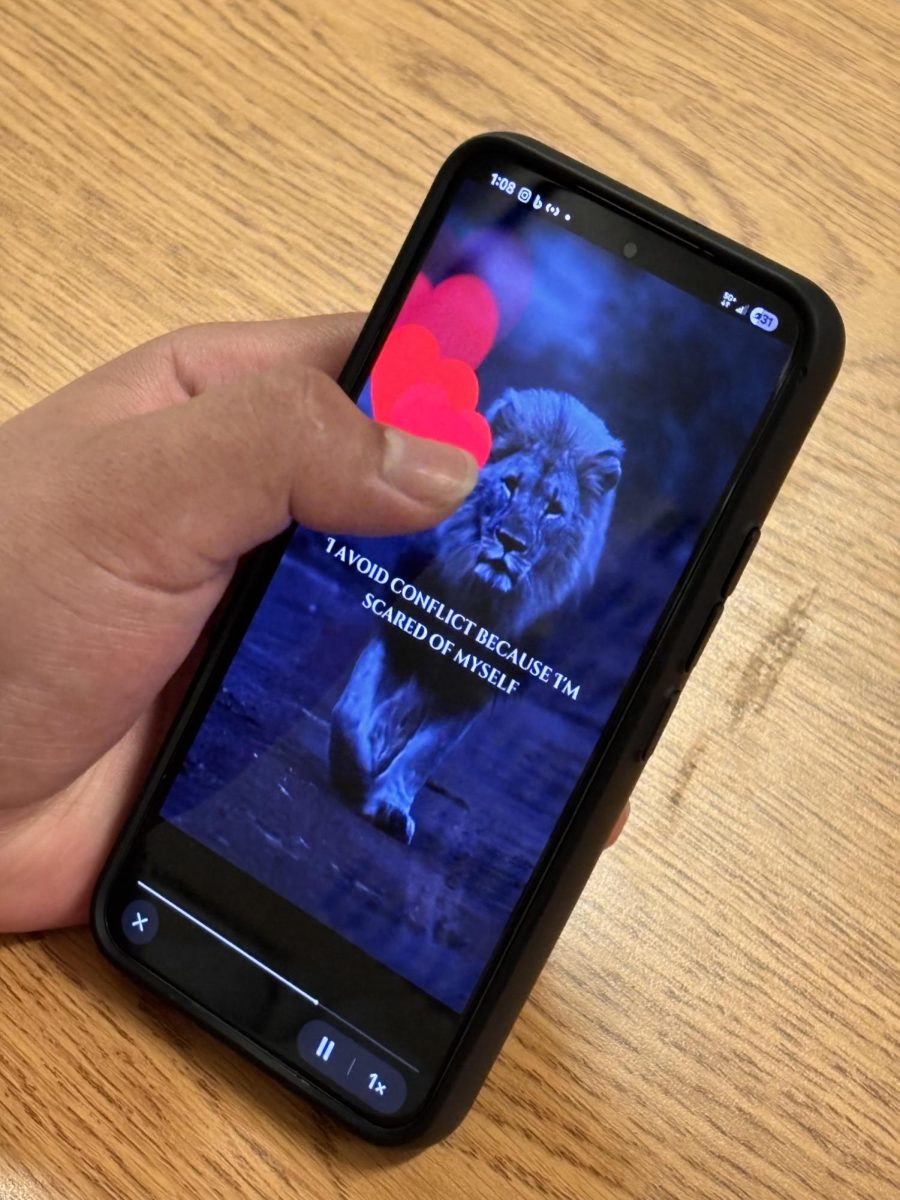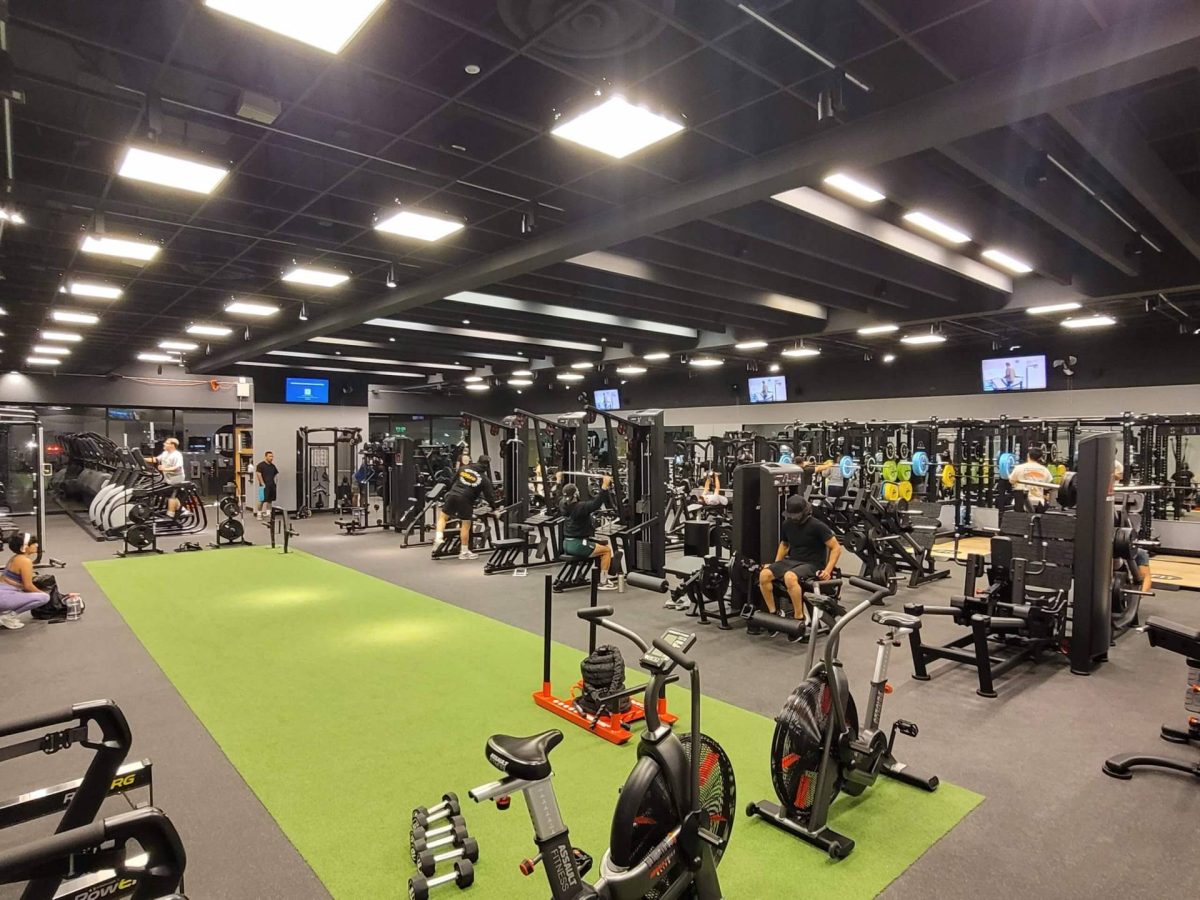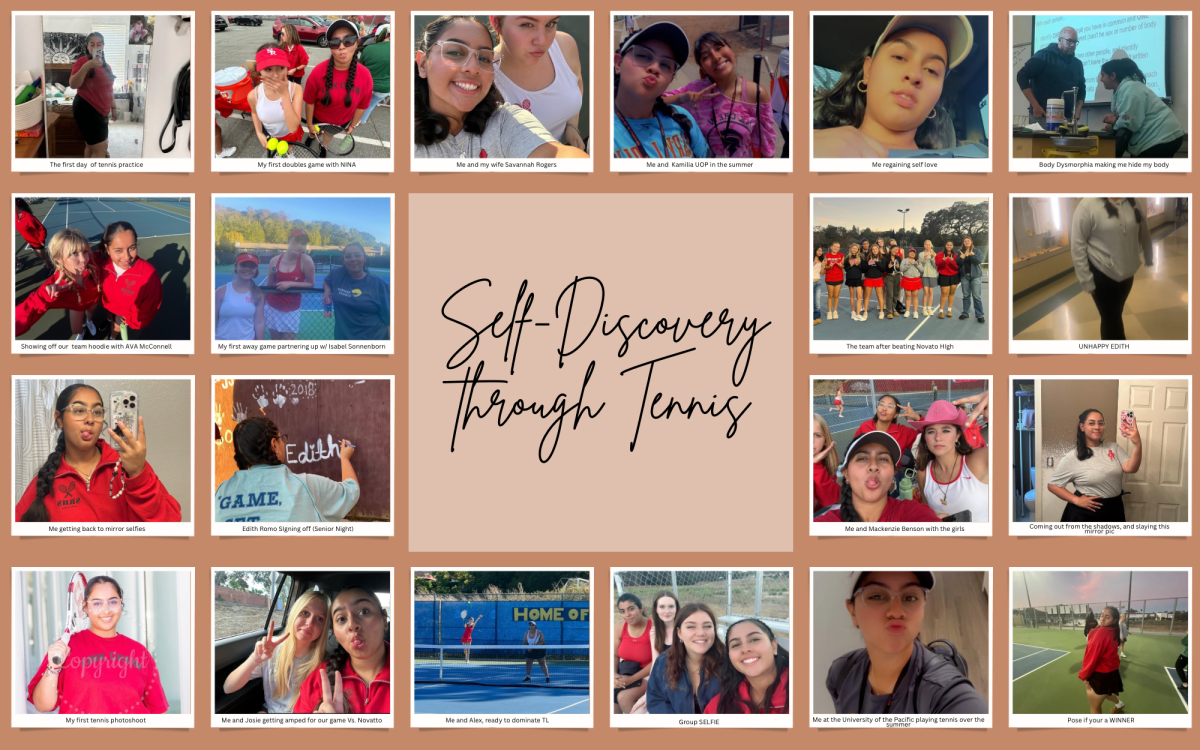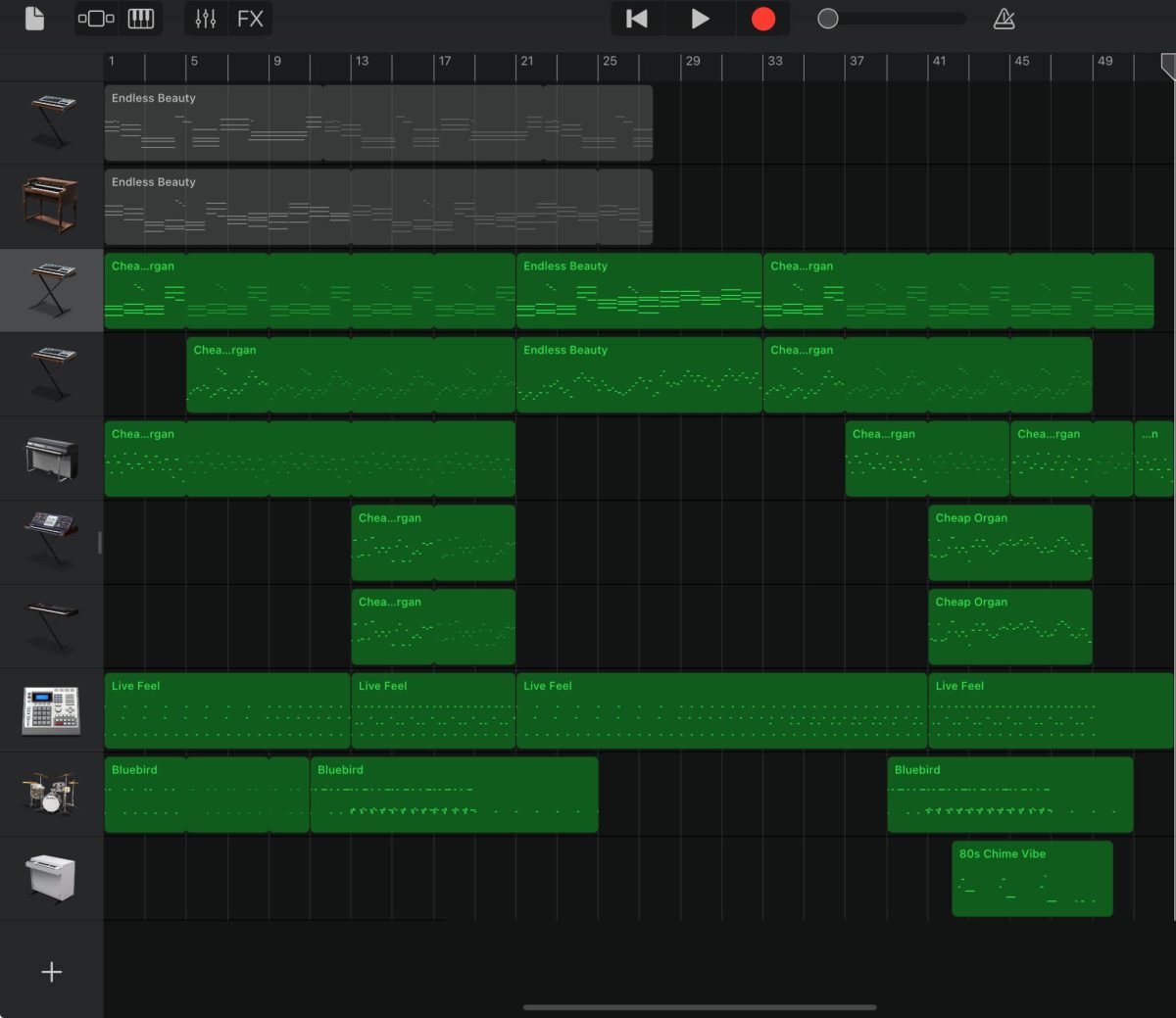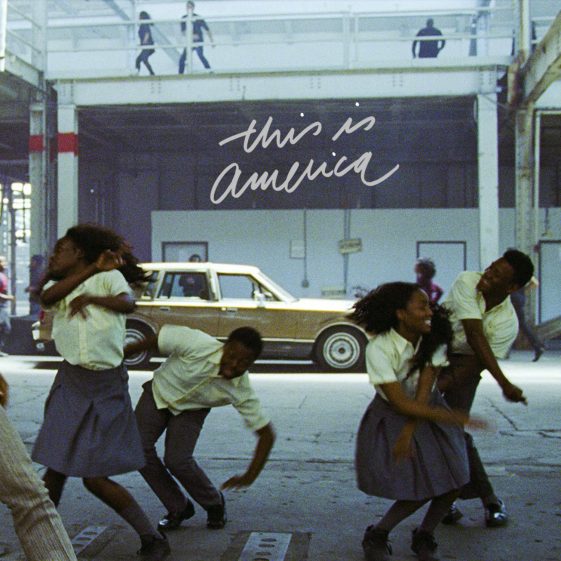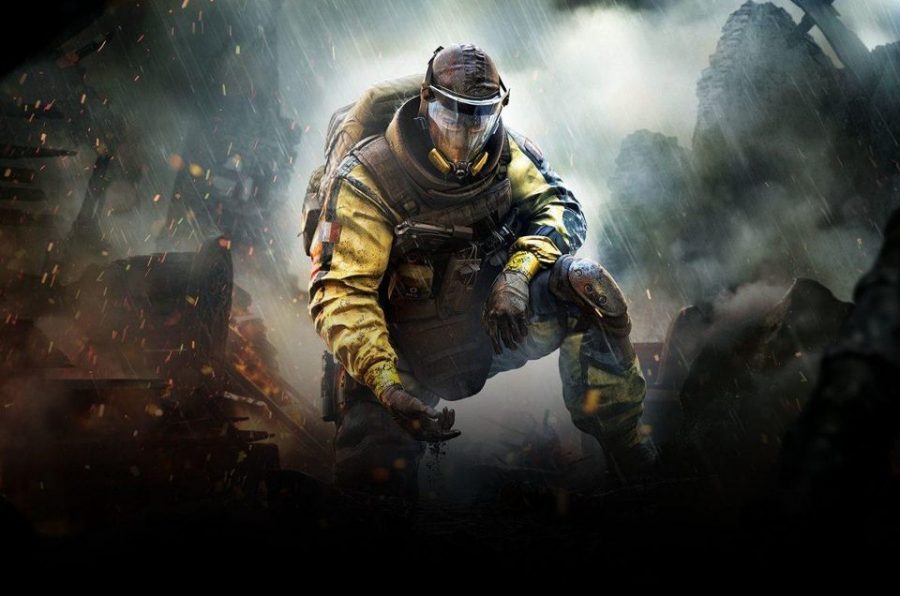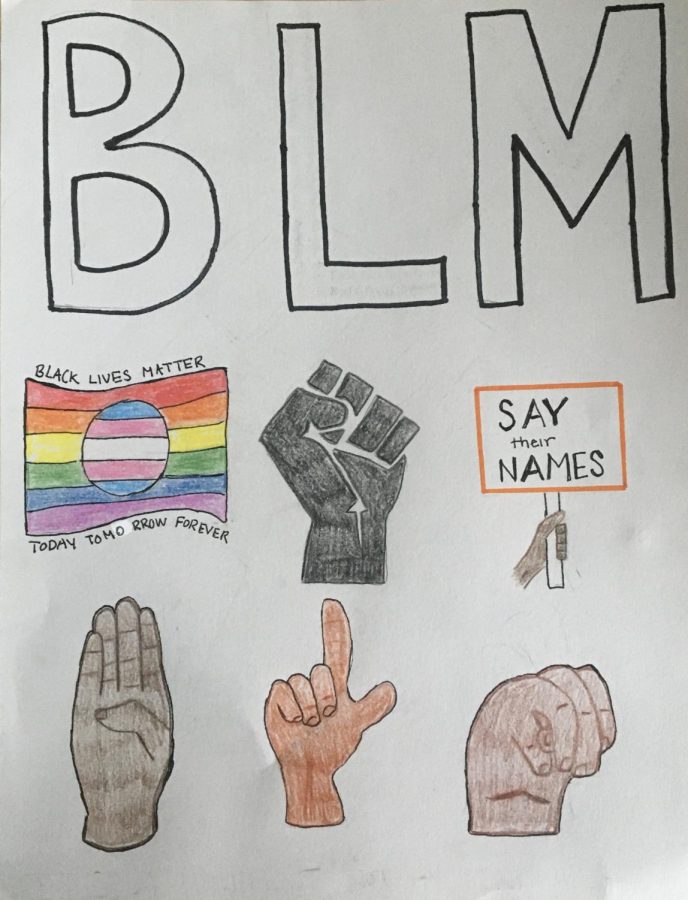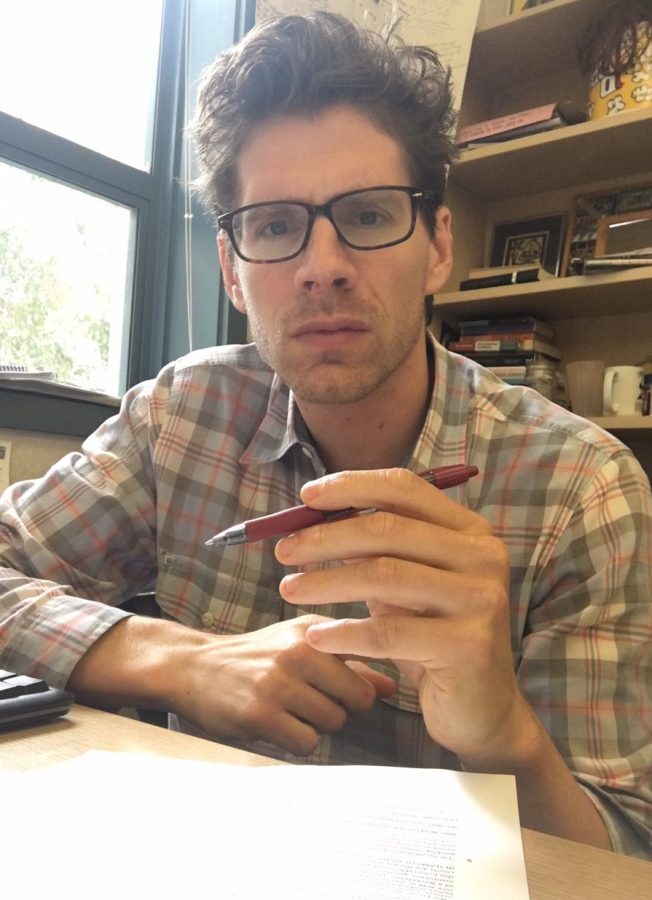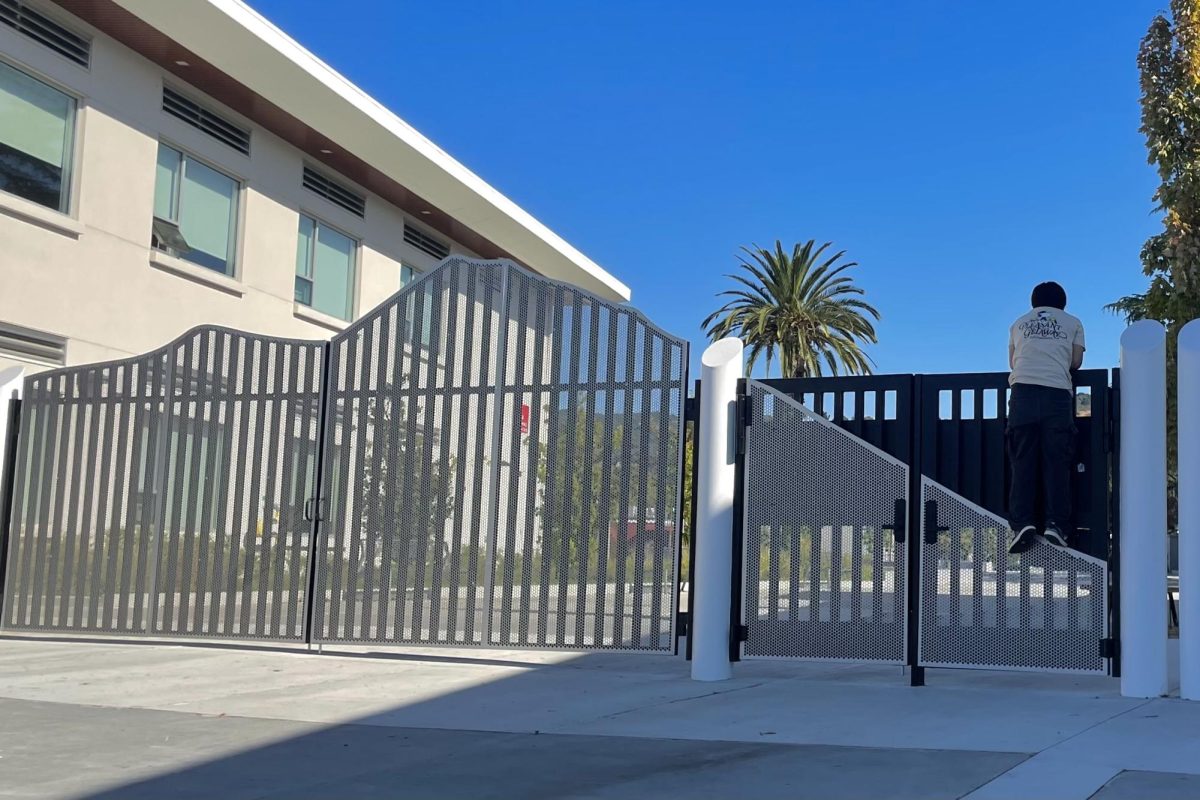From 2022 until present, with AI becoming more advanced, teachers have had to adjust their teaching style. In previous years, Ms. Morgan, an English teacher and department head at San Rafael High school, says that she’s been able to tell students to just open their laptops and type, but now that is not the case.
“If you have AI with the capability to generate an entire essay, of course it changes my teaching,” Morgan says.
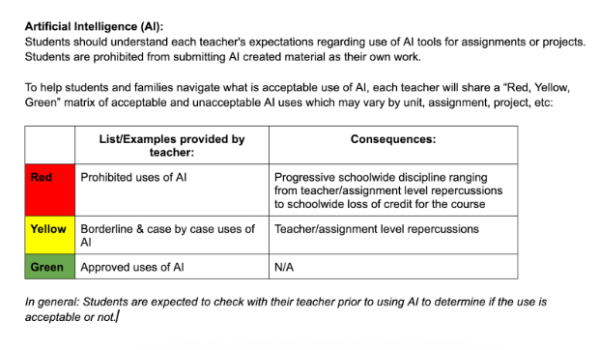
The school’s new AI matrix is hoping to change this. Assistant Principal Mr. Morales created the matrix and provided teachers with a training session on how to use it. The matrix provides teachers with an easy tool to put assignments into and it gives them guidance on what students can use AI on for each assignment.
The matrix is new this year. San Rafael High never had any guidelines regarding Artificial Intelligence before this year, minus academic honesty and plagiarism rules, which are still in place today with the addition of the AI matrix.
The matrix contains red, yellow, and green guidelines, with the colors associated just with how you think it would work. Red means no go, yellow waivers caution and green gives the go-ahead. Students were provided with this in some classes at the beginning of the year to guide them through appropriate uses of AI in each of their classes.
Each teacher decides how the matrix is used in their classroom, if at all. Ms. Morgan has not found the matrix helpful. Across the English department, she says teachers have not embraced the matrix. She says that she and most of her colleagues believe that AI is not helpful in the classroom, and it takes away from student learning.
“We see students using AI to generate something very quickly,” Morgan says.
Mr. Bond, an English teacher at San Rafael, says his college prep classes keep their use of computers to a minimum. “Most of their assignments are on paper, in class,” Bond says. His reasoning behind this is to reduce their access to outside influences and sources. He does not use the matrix.
Mr Allen, History teacher at San Rafael, has some of the same feelings, saying that the matrix has had no impact on his classes. According to Allen, at the beginning of the year, at the all staff meeting, there was a brief discussion about AI and student use. “This is where the matrix was introduced,” he says. Teachers were also encouraged to use AI in their classrooms.
Across the board on both topics, there was pushback “particularly in the English department,” he says.
Part of the reason for the lack of use and pushback might have to do with the lack of training that teachers got regarding the matrix. “We had a 30 minute training session on how to upload assignments to the matrix,” says Morgan. She says that more training would be helpful.
Mr. Dominguez seems to recognize this, saying that everyone wants more training on AI but that it is difficult to train teachers on it. “AI is not one thing, it’s many things,” he says. “There is no one way to train teachers on AI.”
Next month, the San Rafael City Schools is going to be doing AI-related training with staff, according to Mr. Morales. He did not say what exactly the training was going to cover.
Students have much of the same response to the matrix. Across the Senior and Junior class, students said that they have not seen the matrix and that their teachers have not referred to it. Senior Audrey Merk was confused when questioned about the matrix, saying that “if my teachers were to refer to it, I think it could be a valuable tool.”
When asked about the matrix and his use of it, Sophomore Jax Kolotkin had much of the same response, saying that “I have never seen it before.”
Three years after the introduction of ChatGPT, school districts across the country are figuring out how to grasp the sudden splurge in access to AI bots. New York City Public Schools initially banned ChatGPT when it was released in November of 2022, but during March 2023 reversed the ban. Education leaders switched to embracing the potential for learning.
Across the nation, many teachers are feeling the same. According to a June 2025 Gallup and Walton family foundation poll, three-fifths of teachers say they never ask students to use AI. They believed that the use of AI would weaken student writing and communication skills rather than strengthen.
SRCS gave guidance to TL and SR saying that they should come up with guidance to give out to students and family regarding what their expectations are. At SR, the matrix is the response.
“The matrix is just a conversation point,” says Mr. Dominguez. The school wants students to develop critical thinking skills, and if students put every assignment into an AI bot, then there is no learning happening.
“Anytime you flat out say no, people do it anyway, it’s human nature,” says Dominguez. “I’m trying to avoid that.”

